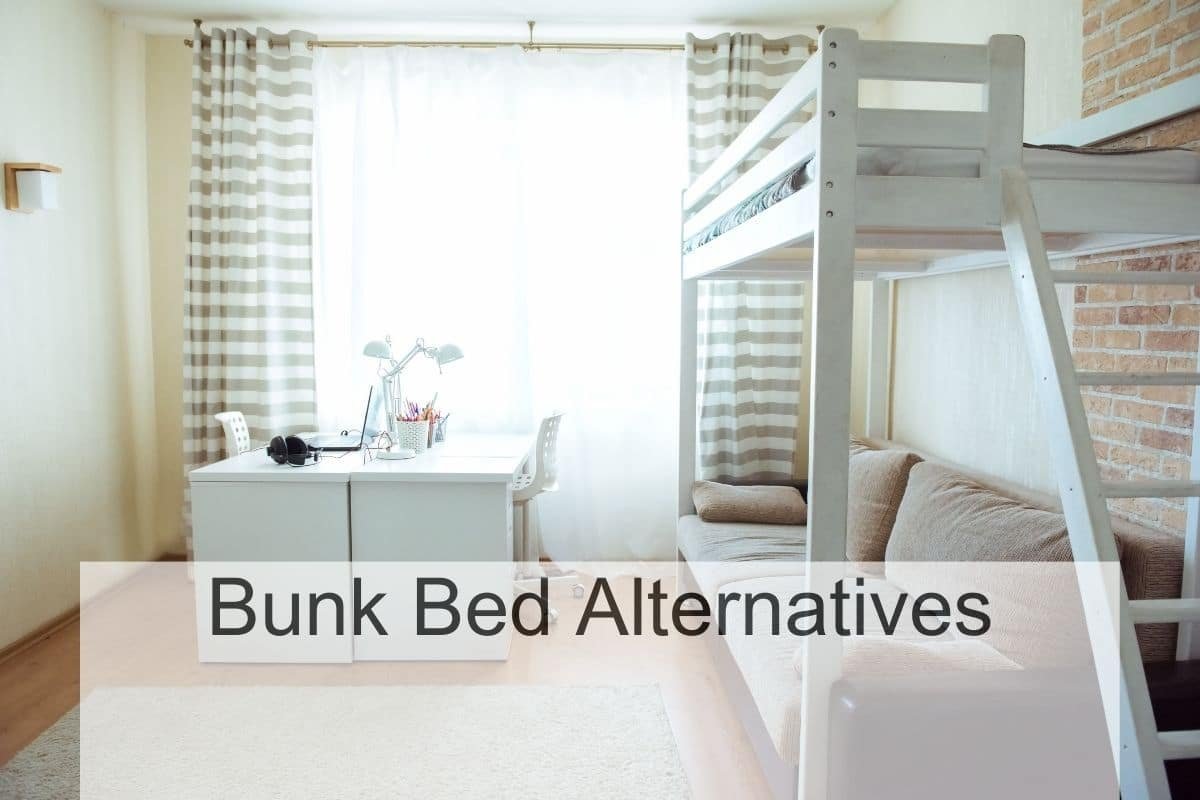Bunk beds are a popular choice for parents who want to save floor space in shared bedrooms. However, they are not recommended for children under nine, and there are safety concerns for those under three. Additionally, not everyone likes the look of bunk beds or the idea of climbing up and down a ladder every day.
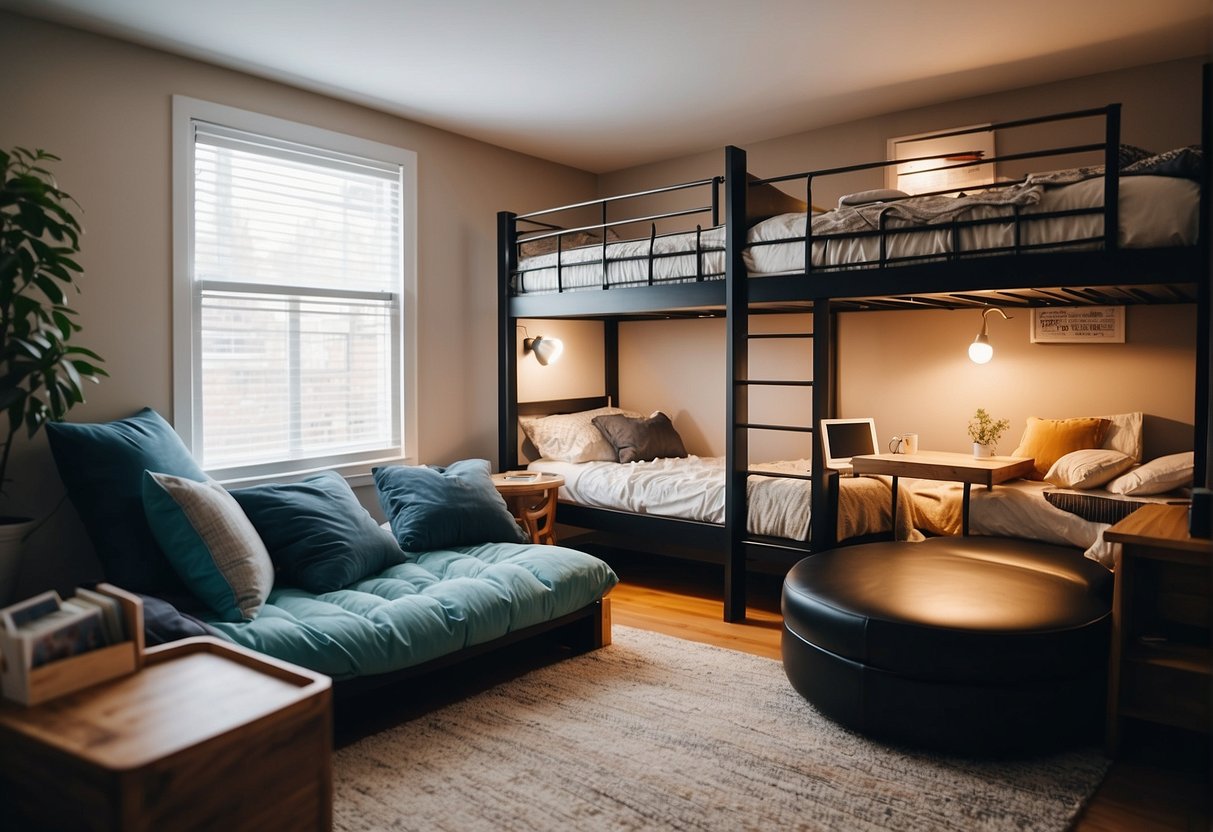
As someone who has been in the market for a bunk bed alternative, I know firsthand how overwhelming the options can be. That’s why I’ve done the research and put together a list of the best bunk bed alternatives. Whether you’re looking for a space-saving solution or just want to switch up the look of your child’s bedroom, there’s an option for you.
Space-Saving Sleeper Sofas
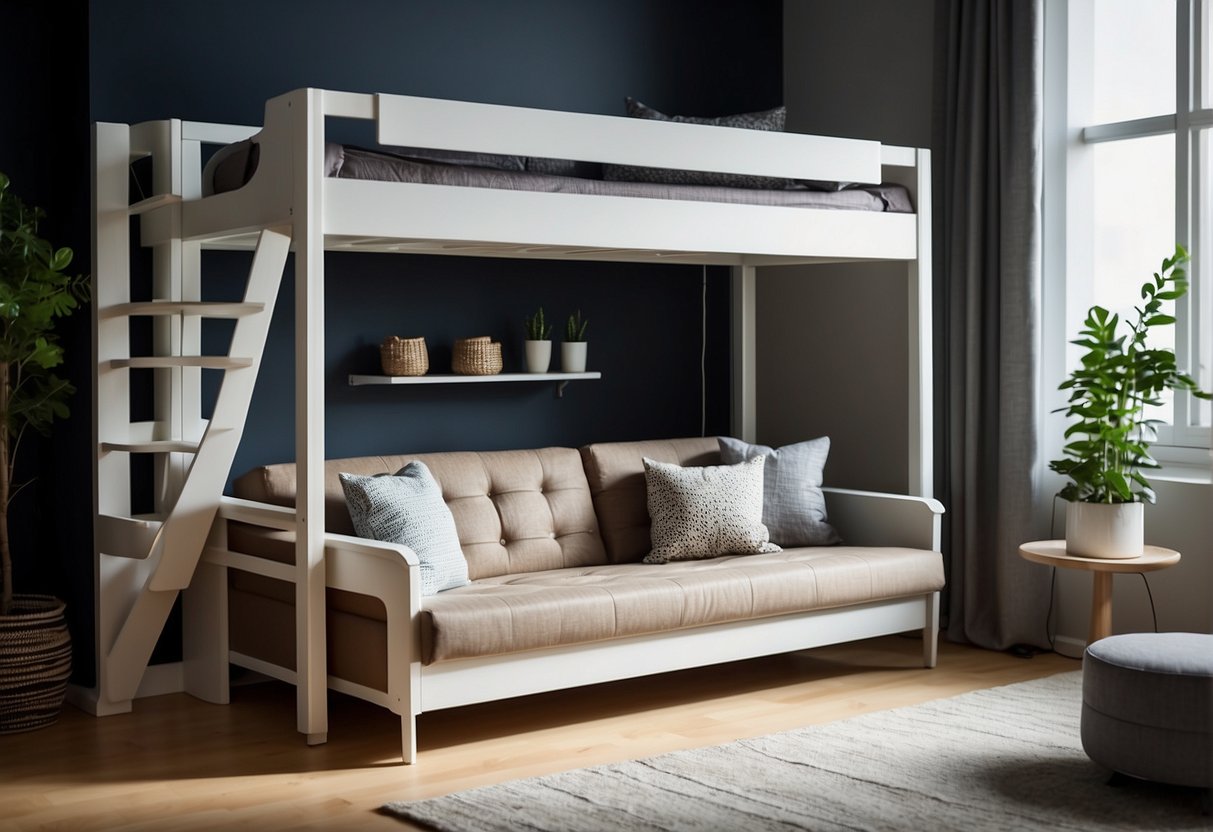
When it comes to saving space, sleeper sofas are an excellent alternative to bunk beds. These sofas are designed to provide a comfortable sleeping area for guests while taking up minimal space in your room.
Sleeper sofas come in various styles and sizes, from loveseats to sectionals, making them an ideal choice for any room. They offer versatility and can easily be converted from a sofa to a bed, providing a comfortable sleeping area for guests.
Some sleeper sofas come with additional features such as storage compartments, which can be used to store bedding or other items. Others come with built-in air mattresses, which provide extra comfort for guests.
Loft Beds
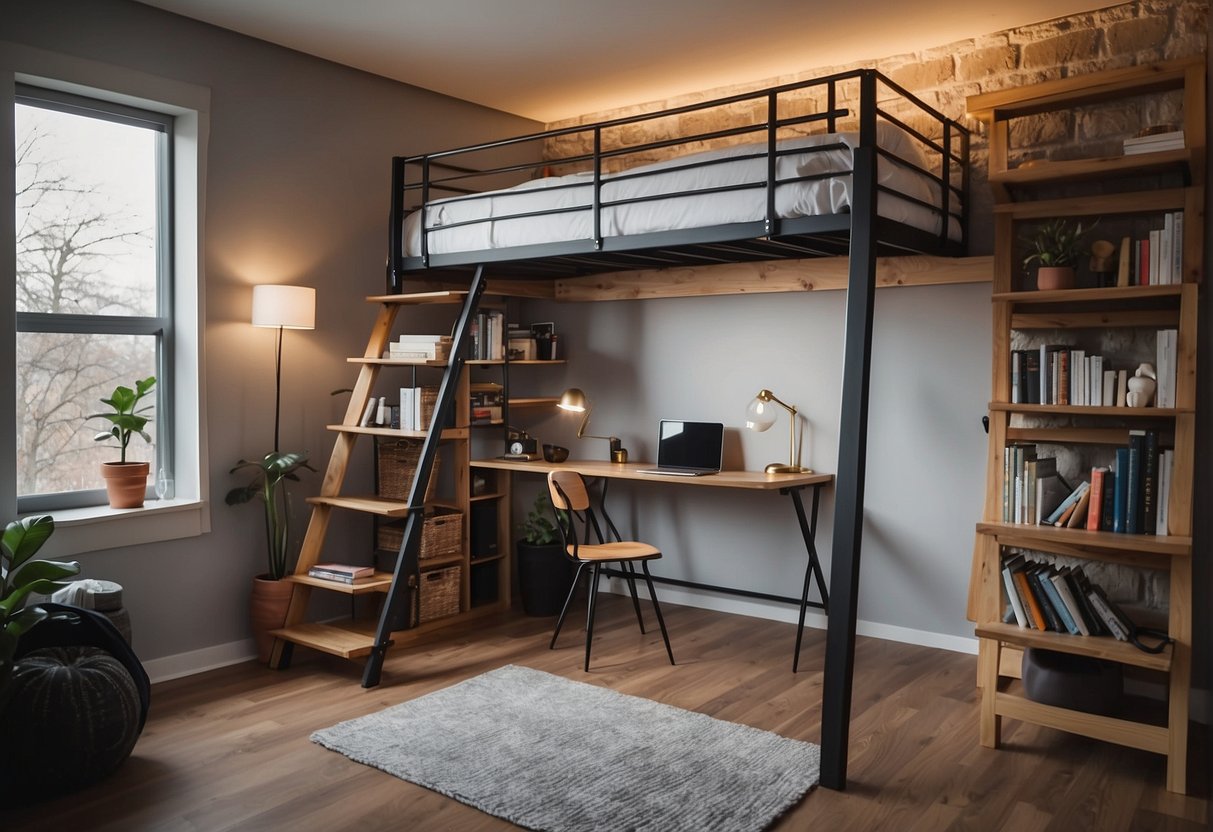
Loft beds are an excellent alternative to bunk beds if you want to save space and add character to a room. They are convenient because you can place a bed under the loft or use it for storage. There are different types of loft beds, including traditional lofts, low lofts, and loft beds with desks or play areas.
Traditional Lofts
Traditional lofts feature a raised bed with a ladder or stairs leading up to it. The space underneath the bed can be used for storage, a study area, or even a cozy reading nook. Some traditional lofts also have built-in desks or drawers, making them a great option for small bedrooms or dorm rooms.
Low Lofts
Low lofts are similar to traditional lofts, but they sit closer to the ground, making them a safer option for younger children. Low lofts can still provide ample space underneath for storage or a play area, and some models even have built-in desks or bookshelves.
Loft Beds with Desks or Play Areas
If you’re looking for a loft bed that can double as a study area or play space, consider a loft bed with a built-in desk or play area. These models typically feature a raised bed with a desk or play area underneath, providing a functional and fun space for kids to work or play.
Trundle Beds
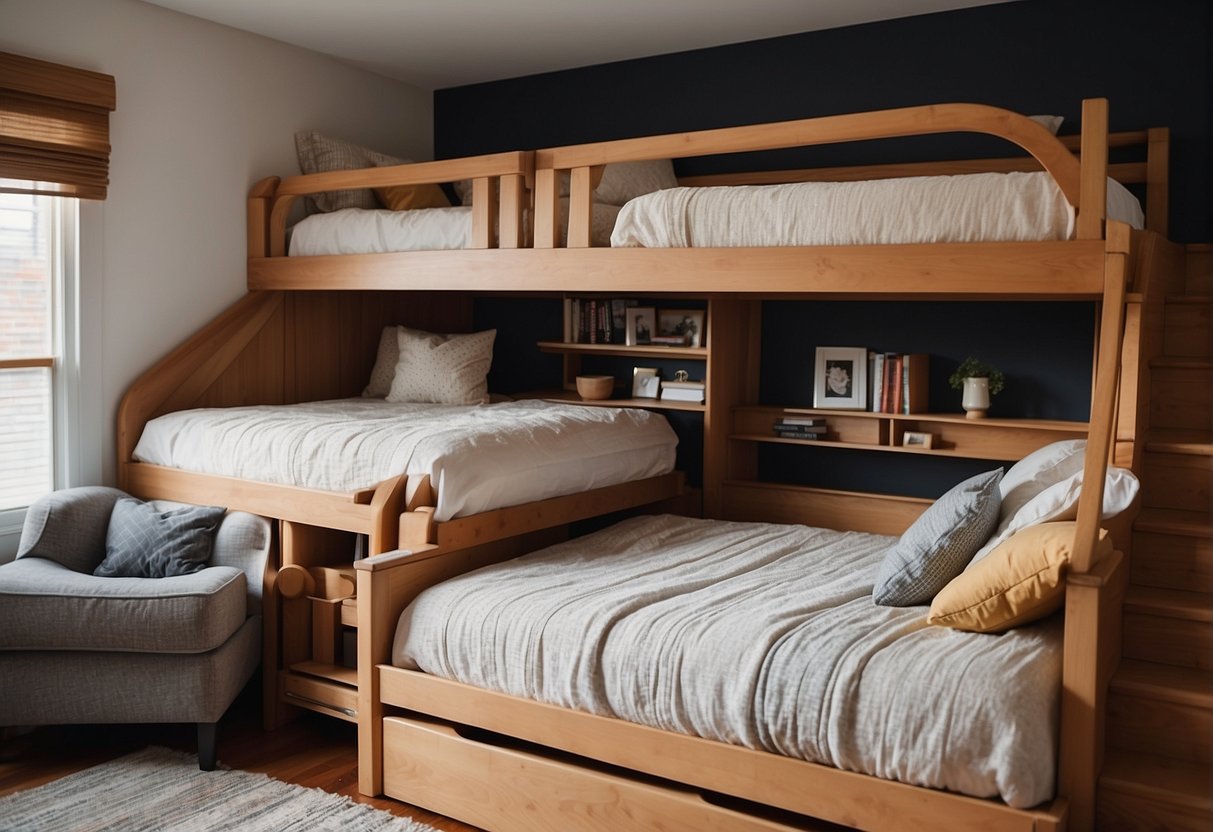
Trundle beds are an excellent alternative to bunk beds, especially when you need to save space. They consist of a main bed and a lower bed on wheels that can be tucked underneath when not in use. This design mainly benefits families with limited space or guest rooms that require an additional bed.
One of the significant advantages of trundle beds is that they are safer than bunk beds. Many parents opt for bunk beds because they need to fit more than one child in a single room, and two beds simply take up too much space. However, the major drawback of bunk beds is that they are fairly unsafe. There are 36,000 injuries reported annually from bunk bed falls. With that being said, a trundle bed is a safer option as it sits low to the ground and doesn’t require a ladder.
Another advantage of trundle beds is that they are versatile. They can be used as a single bed, two separate twin beds, or a king-size bed. Additionally, trundle beds come in various styles and designs, making them an excellent option for different room decor themes.
Futons and Daybeds
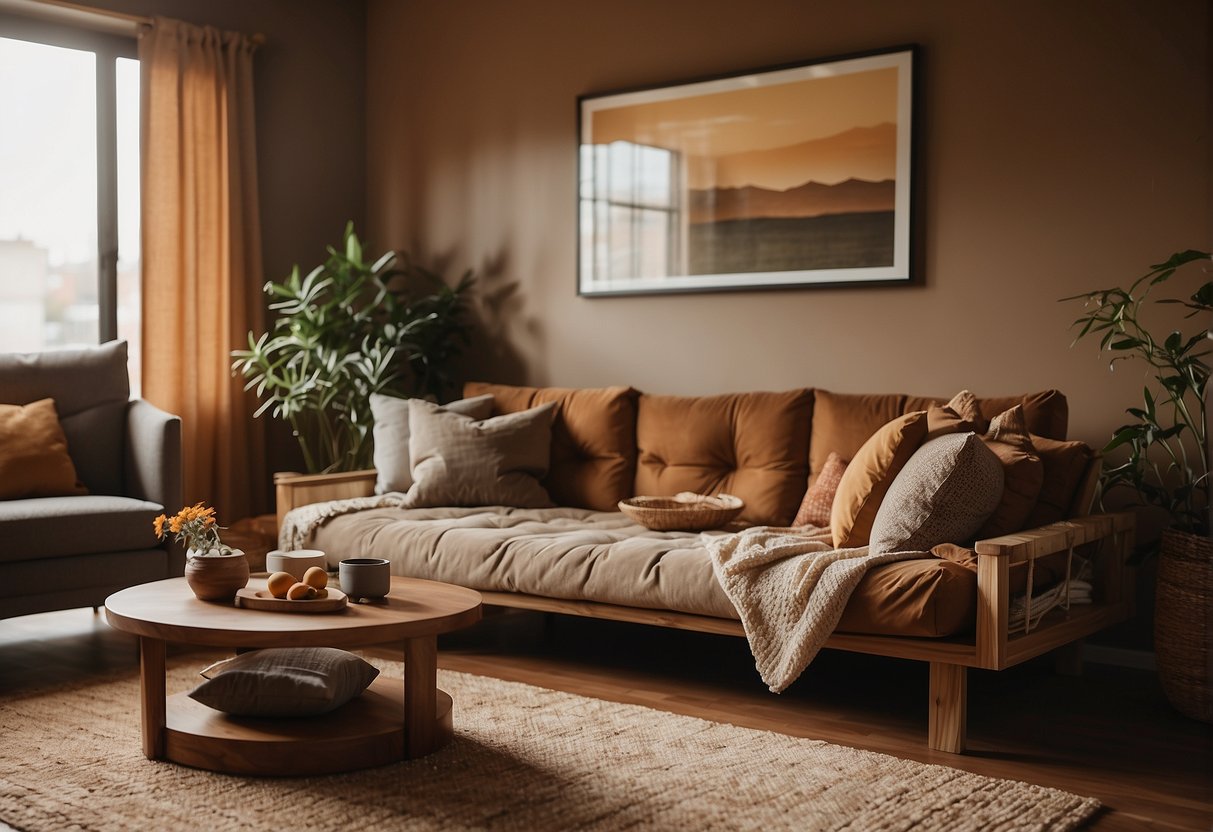
When considering alternatives to bunk beds, futons and daybeds are versatile options that can be both functional and stylish. Upgradedhome.com mentions that a loft bed is a great alternative that provides distinct character to a room and can be used for additional storage. This makes it ideal for maximizing space in a home. Additionally, sofa beds, as highlighted by Home Stratosphere, have been a popular choice for over a century, offering both seating and sleeping functionality in one piece of furniture. These alternatives provide flexibility and space-saving solutions for various living arrangements.
Murphy Beds
As a bunk bed alternative, Murphy beds are one of the most popular options for those who want to save space. Murphy beds are designed to fold up against a wall when not in use, leaving the floor space free for other activities. They are also known as wall beds and are available in a variety of sizes and styles.
Wall-Mounted Murphy Beds
Wall-mounted Murphy beds are the most popular type of Murphy bed. They are attached to the wall and can be folded up when not in use. They are available in various sizes, from twin to queen, and can be customized to fit the needs of the user.
Murphy Bed Desks
Murphy bed desks are a great option for those who need a workspace and a bed in the same room. They are designed to look like a regular desk but can be folded down to reveal a bed. They are available in various sizes and styles and can be customized to fit the needs of the user.
Convertible Chair Beds
When I was looking for bunk bed alternatives, I stumbled upon convertible chair beds. These are chairs that can be transformed into beds, making them perfect for small spaces or for those who need an extra bed for guests.
One of the best things about convertible chair beds is that they come in a variety of styles and sizes. You can find them in different colors, fabrics, and designs, so you can choose one that matches your decor. Some even come with built-in storage, which is great for storing extra blankets or pillows.
Another advantage of convertible chair beds is that they are easy to use. Most of them can be transformed into a bed in just a few seconds, so you don’t have to spend a lot of time setting up a guest room. Plus, they are usually lightweight and easy to move around, which is great if you need to change the layout of your room.
Floor Mattresses and Tatami Mats
I have always been a fan of the minimalist lifestyle, and that includes my sleeping arrangements. Floor mattresses and tatami mats are a great alternative to traditional beds, especially in small spaces.
Tatami mats are a traditional Japanese flooring material made of rice straw. They are firm and provide a natural sleeping surface that is perfect for people who prefer a firmer mattress. Tatami mats are also portable and can be rolled up and stored away when not in use.
Floor mattresses, on the other hand, are thicker and softer than tatami mats and provide more cushioning. They are also easier to clean and maintain than traditional mattresses. Floor mattresses are available in a variety of sizes and materials, including memory foam and latex.
One of the advantages of using floor mattresses and tatami mats is that they are space-saving. They can be used in small apartments or rooms where space is limited. They are also great for guest rooms, as they can be easily stored away when not in use.
Hammocks for Sleeping
When it comes to bunk bed alternatives, hammocks are an unconventional but surprisingly comfortable option. Hammocks are known for their relaxing and soothing qualities, making them perfect for getting a good night’s sleep. Plus, they take up minimal space and can add a unique touch to any room.
One of the biggest advantages of hammocks is that they are incredibly versatile. You can hang them from walls, ceilings, or even sturdy trees outside. They are also available in a variety of sizes, from single-person to family-size.
Hammocks come in different materials, such as cotton, nylon, and polyester. Cotton hammocks are soft and cozy, while nylon and polyester hammocks are more durable and weather-resistant. Some hammocks even come with built-in mosquito nets, making them perfect for outdoor use.
It’s important to note that sleeping in a hammock does take some getting used to. The lack of a flat surface can be disorienting at first, but most people adjust quickly. Additionally, hammocks are not recommended for people with back problems or other medical conditions that require a flat sleeping surface.
Custom Built-Ins
If you’re looking for a bunk bed alternative that saves space and adds character to your room, custom built-ins might be the answer. Custom built-in bunk beds are designed to fit your room’s dimensions, making them a perfect fit for any space.
One of the advantages of custom built-ins is that they can be designed to fit your specific needs. You can choose the size of the beds, the materials used, and even add built-in storage. Plus, they can be designed to match the style and decor of your room.
Custom built-ins are also a great option for those who want to maximize their space. By utilizing vertical space, you can create a sleeping area for multiple people without taking up valuable floor space.
Sleeping Pods
If you’re looking for a unique sleeping experience, sleeping pods can be a great alternative to bunk beds. These pods offer a private sleeping space without taking up too much room. They’re perfect for small apartments or shared bedrooms.
Sleeping pods come in different shapes and sizes. Some are designed to be stacked on top of each other, while others are freestanding. They can be made of wood, metal, or plastic, and can be customized to fit your specific needs.
One of the benefits of sleeping pods is that they offer privacy. You can close the door or curtain and have your own space to sleep, read, or relax. They also come with built-in lighting and charging ports, making them convenient for those who like to stay connected.
Another advantage of sleeping pods is that they’re easy to clean. Most pods come with removable covers that can be washed in a washing machine. This makes them ideal for people who suffer from allergies or want to maintain a clean sleeping environment.

